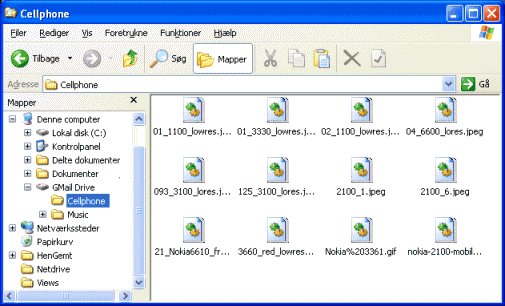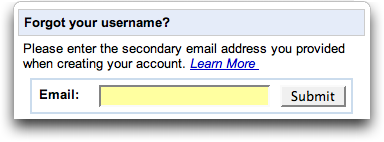Please carefully read through and adopt these safe banking practices.
Be careful when responding to emails:
You may get messages that seem like they are coming from Your Bank seeking confidential information. This activity is commonly known as 'phishing'. Through such messages, you may be directed to websites appearing to be genuine, and asked to key-in your confidential information. Beware of such messages.
Please always bear in mind that:
· Your Bank will never ask for any confidential information such as password, customer ID and so on over an email.
· A phishing email will normally have a tone of urgency – like "Your account will be temporarily suspended" and therefore please "Login to keep your account active."
Please remember the bank will NEVER send such emails to its customers.
· If you are doubtful about the credibility of the email, please DO NOT click on any link provided in the email. This may trigger malicious codes being installed on your PC.
· Before you share any information on a website in response to an email, always assure that the URL shown in the email matches the URL of the bank website. If it does not, you have valid reason to suspect there's something fishy.
· Check for the security pad lock icon at the bottom right side of the webpage, when you are connected to the NetBanking site.
Ensure your Personal Computer is protected:
Fraudsters send genuine-looking emails that contain viruses and Trojans (A Trojan refers to a program that appears to be safe, but hidden inside, is usually something harmful, probably a virus). These viruses / Trojans, install a malicious code on your PC without your knowledge. They extract your confidential information that fraudsters use to access your bank account.
Here are a few important action points that you should bear in mind:
· Keep your PC updated with the latest anti-virus / anti-spyware software
· Install a personal firewall on your PC to protect your account
· Keep your PC updated with the latest security patches and, most importantly,
· Do not click on links or open attachments in unknown or unsolicited (spam) emails
DO NOT transfer funds to OR share your account details with, unknown / non-validated sources:
Many phishing fraudsters are located overseas. They need a Money Mule to route the money into their country of origin. A Money Mule is someone who receives the illegal funds into his account, withdraws it and sends it to the fraudster after keeping his commission. This may be easy money, but is illegal. Such requests could come to you through emails, advertisements on genuine recruitment web sites, instant messaging / SMS, and advertisements in newspapers and even on social networking websites.
Follow these Dos and Don'ts:
· Do not be conned by emails offering you a chance to make 'easy money'', especially if it is coming from overseas
· Check out the company making you a job offer if any fund transfer to them is involved. Check their contact details to find out if they are genuine
· NEVER share your bank details
· Beware of ads / notices seeking 'UK Representatives' or 'Agents' to act on their behalf for a period of time
· Should you get any suspicious email, IMMEDIATELY forward it to your bank officials.
CAUTION: Remember, if you agree to participate in any such money transfer schemes for a commission, you are performing an ACT that is ILLEGAL.
Be aware, practice safe computing rules and protect your money.












